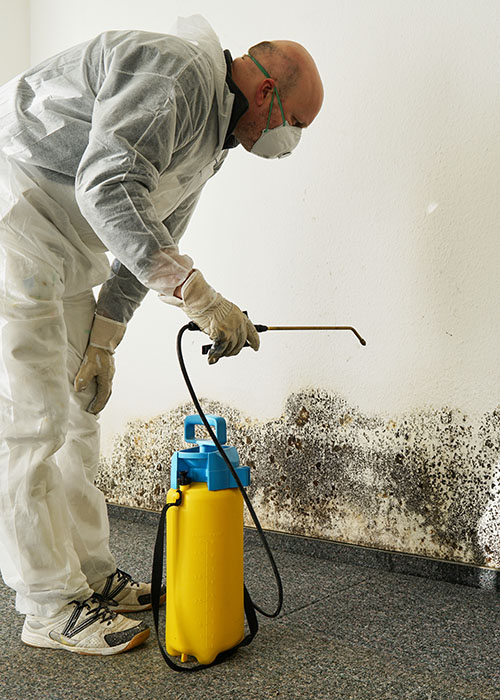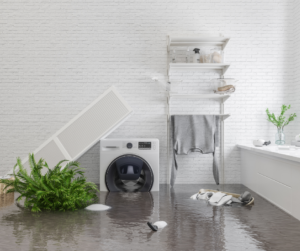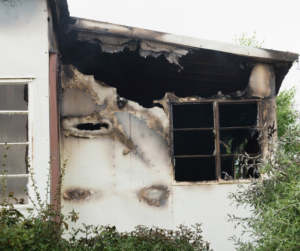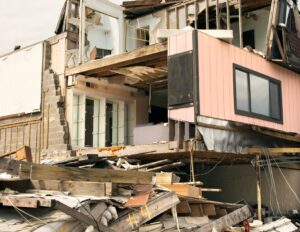Mold is a common problem that many homeowners face, and if left unaddressed, it can lead to serious health issues and structural damage to your property. Understanding the importance of proper mold mitigation is crucial for maintaining a safe and healthy living environment. In this blog post, we will explore the significance of mold mitigation, discuss effective methods for mold removal, and provide tips for preventing future mold growth.
The Dangers of Mold
Mold is a type of fungus that thrives in damp, humid environments. It reproduces by releasing spores into the air, which can easily spread and settle in different areas of your home. Exposure to mold can cause a range of health problems, including allergic reactions, respiratory issues, and even more severe conditions in individuals with compromised immune systems.
Additionally, mold growth can lead to structural damage to your home. It can weaken the integrity of walls, ceilings, and floors, resulting in costly repairs and potential safety hazards.
Effective Mold Mitigation Techniques
- Identify the Source: The first step in mold mitigation is to identify and address the source of moisture. Common culprits include leaky pipes, roof leaks, poor ventilation, or high humidity levels. By fixing these issues, you can prevent mold from recurring.
- Contain the Affected Area: Once mold growth is detected, it’s essential to isolate the affected area to prevent spores from spreading. Close off the room and use plastic sheets to seal off doorways and vents. Turn off HVAC systems to avoid cross-contamination.
- Wear Protective Gear: Mold exposure can be hazardous to your health, so it’s crucial to wear protective gear when dealing with mold. Wear gloves, goggles, and an N95 respirator to prevent inhalation of spores and minimize skin contact.
- Remove Mold and Affected Materials: Depending on the extent of the mold growth, you may need to remove contaminated materials. Porous materials like drywall and carpeting may need to be discarded, as they can harbor mold spores that are difficult to fully remove. Non-porous surfaces can be cleaned using appropriate antimicrobial products.
- Proper Disposal: Dispose of all mold-infested materials safely. Seal them in heavy-duty plastic bags before taking them out of your home. Check local regulations for specific instructions on disposing of mold-contaminated materials.
Preventing Future Mold Growth
- Control Moisture Levels: Mold thrives in moist environments, so it’s essential to keep your home dry. Fix any leaks promptly, use dehumidifiers in damp areas, and ensure proper ventilation throughout your home.
- Regular Maintenance: Conduct routine inspections of your home to identify any potential water leaks or areas of excess moisture. Regularly clean and maintain areas prone to moisture, such as bathrooms, kitchens, and basements.
- Improve Air Circulation: Good air circulation helps prevent the buildup of moisture. Use fans, open windows, and install vents in areas prone to high humidity, like bathrooms and laundry rooms.
- Monitor Indoor Humidity: Invest in a humidity meter to monitor indoor humidity levels. Ideally, it should be kept below 50%. If necessary, use a dehumidifier to maintain optimal humidity levels.
- Dry Wet Areas Promptly: If any spills or water damage occurs, dry the affected area within 24-48 hours to prevent mold growth. Use fans or dehumidifiers to speed up the drying process.
Proper mold mitigation is crucial for safeguarding your health and protecting your home. By understanding the dangers of mold, implementing effective mold removal techniques, and taking preventive measures, you can create a mold-free environment. Remember, if the mold problem is extensive or recurring, itis always advisable to seek professional assistance. Don’t ignore the presence of mold in your home; take immediate action to mitigate it and ensure a safe and healthy living environment for you and your family.







Give us a follow!